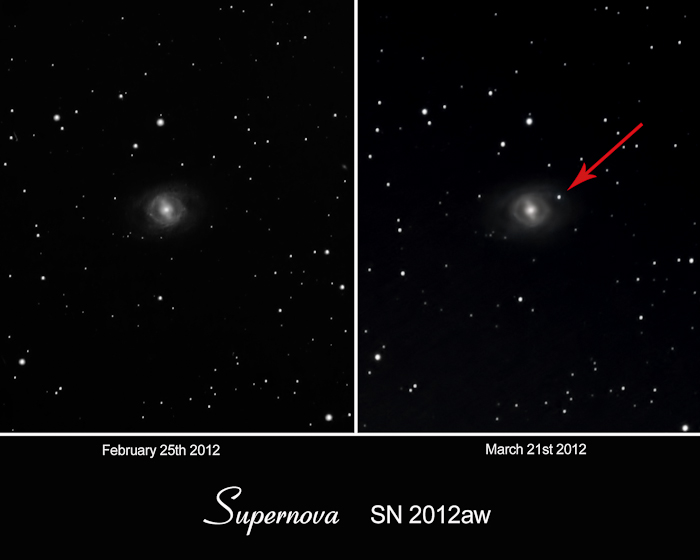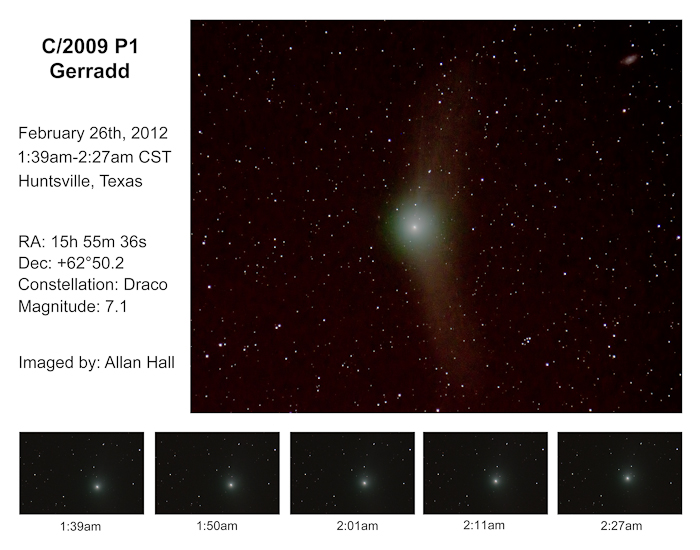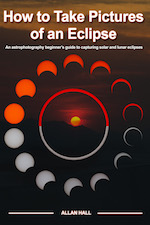Saturn is probably the single most imaged planet, besides Earth of course. The rings are just mesmerizing. Imaging planets is a lot different than my normal fare of DSOs, it uses a video camera instead of a normal DSLR/CCD. Because of the unsteady air and extreme magnification you have to take thousands of images and stack them keeping the best parts of each and discarding the rest. The result, can be very nice:
I bought an Orion Starshoot Solar System Imager IV for about $99 just for this and am using a Celestron CPC 1100 XLT 11 inch SCT at about 2800mm focal length with a 2x barlow. The magnification of this scope is nice but man, what a pain in the rear to use compared to my refractors!
Share this post!











